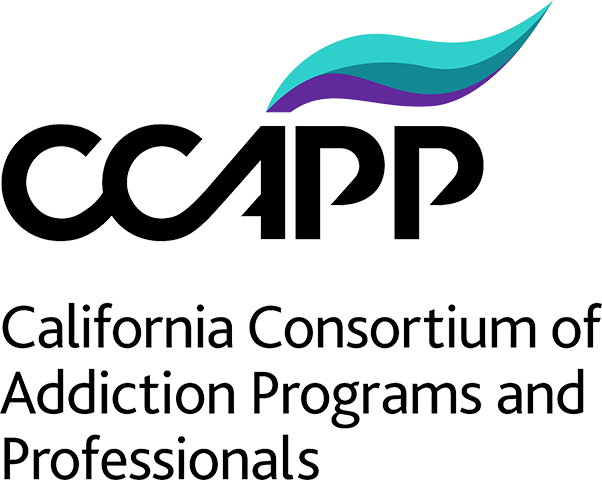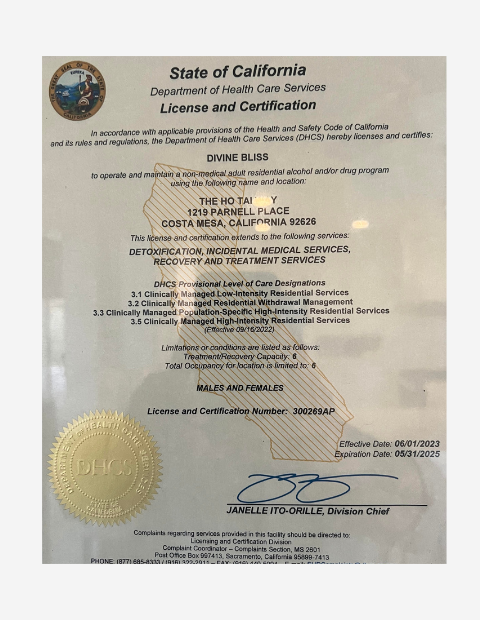MAT stands for Medication Assisted treatment and is often the treatment of choice for those who are suffering from Opioid Use Disorder or OUD. While there are many myths surrounding MAT(1) and how it benefits individuals who are dealing with opioid addiction.
The following myths and misconceptions are common and can easily be refuted by learning as much as you can about the treatment method and how it actually works.
1) MAT and Abstinence Work the Same
MAT has a proven track record of helping individuals with OUD beat their addiction. Because it is an evidence-based program, there is plenty of information supporting the treatment. Organizations like The National Institute on Drug Abuse and the Centers for Disease Control And Prevention are in agreement that MAT(2) should be considered as the first treatment option considered when dealing with opioid addiction.
2) MAT Isn’t Covered by Insurance
MAT is covered by Medicaid FFS programs in over 31 states with many of the drugs used in those programs appearing on the Preferred Drug List of many state agencies. This includes extended-release naltrexone, buprenorphine (this can vary depending on the specific type of medication), and treatments that involve the use of methadone as a maintenance drug. While each state program is different, many consider the use of medication-assisted treatment as both effective and reliable.
3) MAT Disrupts the Recovery Process
This myth claims that using medication-assisted treatment hinders the recovery process making it harder for the patient to distance themselves from their drug use. In actuality, MAT has been proven to help patients through the recovery process and reduces their overall risk of mortality. MAT enhances their ability to function during recovery and provides them with an improved quality of life. Patients are also able to handle stress better and aren’t as overwhelmed with day to day struggles.
4) The Risk of Overdose Increases with MAT
The fact is that with each use of an opioid drug, the patient increases their risk of a life-threatening overdose. Once a patient completes the detoxification process and MAT begins, they are better able to resist the temptation offered by the opioids. With the use of MAT, overdoses are prevented and a patient’s quality of life dramatically improves.
5) MAT Replaces One Addiction With Another
MAT works to establish a bridge between both the behavioral and biological aspects of opioid addiction. By combining treatment options that include both behavioral therapies and medication, doctors can treat various types of opioid and other addictions that result in long-term success rates. Instead of trading one addiction for another, MAT(3) allows for sustained recovery that will benefit patients over a longer period of time.
6) MAT Only Works for Severe Cases
MAT works for patients who are experiencing varying degrees of addiction. A wide variety of medications are used to help patients overcome their urge to use opioids. This includes antagonists, partial agonists, and agonists. The MAT program can be formulated to meet each patient’s specific level of addiction and can be adjusted at any time as the patient’s treatment program changes.
7) MAT Is A Short-Term Solution
MAT is best used on a long-term basis. Patients who have been on a MAT based plan for up to two years are often the most successful. When a patient has been successful using a MAT-based plan, their physician may be able to taper their medication use allowing them to go off of the MAT program(4) completely as long as there are no other stressors. There is no sufficient proof at this time that states short-term use and cessation are beneficial in any way.
8) MAT Is A Crutch
MAT treatment is not considered to be a crutch by any means. Patients who use a MAT-based program are capable of making a true recovery in which they no longer need or have a desire to use opioid drugs. When MAT is used, patients rarely experience any of the impairments associated with drug use. Patients are less likely to return to illicit drugs once they have reached the recovery phase and no longer meet the clinical diagnosis criteria needed to classify them like an addict.
9) MAT Is Too Expensive
While certain medications are more expensive than others (Naltrexone is the most expensive costing over $1,100 a month), MAT treatment plans are affordable when covered by insurance. With Medicaid paying a good portion of the cost, other insurance may pick up the rest if it is deemed to be a medical necessity. While there are many myths surrounding the use of medication-assisted treatment, the facts remain that using a MAT program offers patients an opportunity for a successful recovery that they can sustain indefinitely. With MAT, patients are able to achieve a new level of wellness that they may not have otherwise had if they attempted to enter recovery using abstinence alone. If you have any questions about how MAT works or if you are simply seeking assistance, contact the staff of The Ho Tai Way. Visit their website at www.thehotaiway.com for further information.









